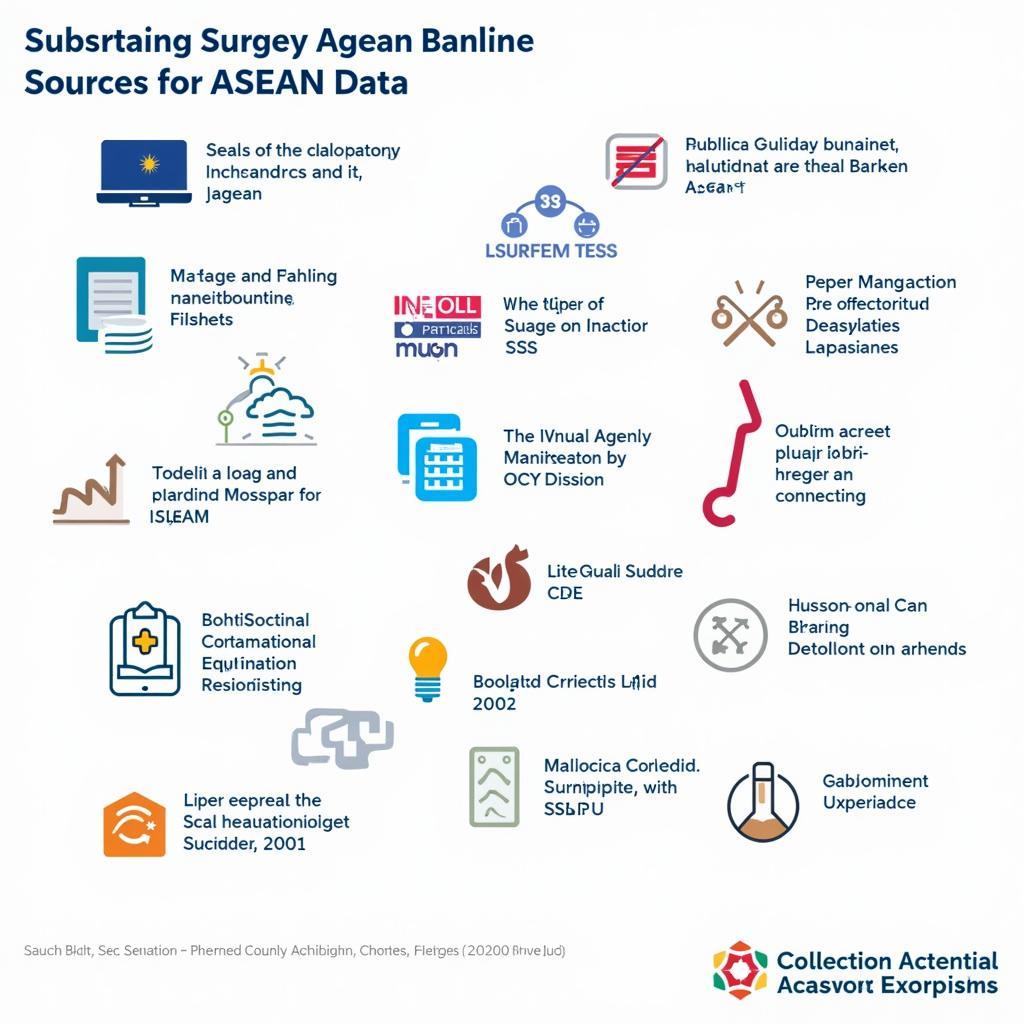Asean 8 Ogos 1967 marks the day the Association of Southeast Asian Nations (ASEAN) was founded. This pivotal moment in Southeast Asian history saw the signing of the Bangkok Declaration, a document that laid the groundwork for a regional organization focused on cooperation, peace, and prosperity. This article delves into the significance of ASEAN 8 Ogos 1967, exploring its historical context, the founding members, and the enduring impact on the region and the world.
The Historical Context of ASEAN 8 Ogos 1967
The mid-20th century was a tumultuous period for Southeast Asia. The Cold War was at its height, and the region was grappling with the legacies of colonialism, nascent nationalism, and the threat of communism. In this volatile environment, five nations – Indonesia, Malaysia, the Philippines, Singapore, and Thailand – recognized the need for regional unity and cooperation. ASEAN 8 Ogos 1967, therefore, represents not just the birth of an organization, but a bold statement of regional self-determination and a commitment to shared progress.
The Founding Fathers and the Bangkok Declaration
The Bangkok Declaration, signed on ASEAN 8 Ogos 1967, outlined the core principles and objectives of ASEAN. It emphasized accelerating economic growth, social progress, and cultural development through joint endeavors in the spirit of equality and partnership. The declaration also stressed the importance of promoting regional peace and stability through adherence to the principles of the United Nations Charter. The five founding fathers, each representing their respective nations, set in motion a process that would reshape the political and economic landscape of Southeast Asia.
The Vision of ASEAN 8 Ogos 1967
The vision of ASEAN 8 Ogos 1967 extended beyond mere economic cooperation. It encompassed a broader goal of fostering a sense of community and shared identity among the diverse nations of Southeast Asia. This vision recognized that regional stability and prosperity are intertwined, and that collaboration is essential for achieving both.
ASEAN Post-1967: Expansion and Evolution
Since ASEAN 8 Ogos 1967, the organization has grown to encompass ten member states, including Brunei, Cambodia, Laos, Myanmar, and Vietnam. This expansion reflects the enduring appeal of ASEAN’s principles and its success in fostering regional integration. ASEAN has evolved from a primarily political and security-focused organization to one that encompasses economic, social, and cultural cooperation.
ASEAN’s Economic Impact
ASEAN has played a crucial role in promoting economic growth and integration within the region. The ASEAN Free Trade Area (AFTA) has significantly reduced tariffs and non-tariff barriers, facilitating trade and investment. ASEAN’s collective economic strength has made it a major player in the global economy.
What were the key objectives of the Bangkok Declaration? The declaration outlined goals for accelerating economic growth, social progress, and cultural development through regional cooperation.
ASEAN 8 Ogos 1967: A Legacy of Cooperation
ASEAN 8 Ogos 1967 represents a pivotal moment in Southeast Asian history. The founding of ASEAN marked the beginning of a new era of regional cooperation, peace, and prosperity. The organization’s continued success is a testament to the enduring power of shared vision and collective action. ASEAN 8 Ogos 1967 continues to inspire and guide the region towards a future of greater integration and shared prosperity.
Conclusion
ASEAN 8 Ogos 1967 laid the foundation for a Southeast Asian community built on cooperation and mutual respect. From a fledgling organization born out of the complexities of the Cold War, ASEAN has evolved into a dynamic force for regional stability and economic growth. The legacy of ASEAN 8 Ogos 1967 continues to shape the political, economic, and social landscape of Southeast Asia.
FAQ
- What does “8 Ogos 1967” signify? It marks the date of the signing of the Bangkok Declaration, the founding document of ASEAN.
- Who were the original members of ASEAN? Indonesia, Malaysia, the Philippines, Singapore, and Thailand.
- What is the Bangkok Declaration? The founding document of ASEAN, outlining its principles and objectives.
- How has ASEAN changed since 1967? It has expanded its membership and broadened its scope to encompass economic, social, and cultural cooperation.
- What is ASEAN’s role in the global economy? ASEAN’s collective economic strength makes it a significant player in the global economy.
- How does ASEAN contribute to regional peace? It promotes dialogue and cooperation among member states, contributing to regional stability.
- What is the significance of ASEAN 8 Ogos 1967? It signifies the birth of a regional organization committed to cooperation, peace, and prosperity.
For any assistance, please contact us: Phone: 0369020373, Email: [email protected] or visit us at: Thôn Ngọc Liễn, Hiệp Hòa, Bắc Giang, Việt Nam. We have a 24/7 customer support team.
